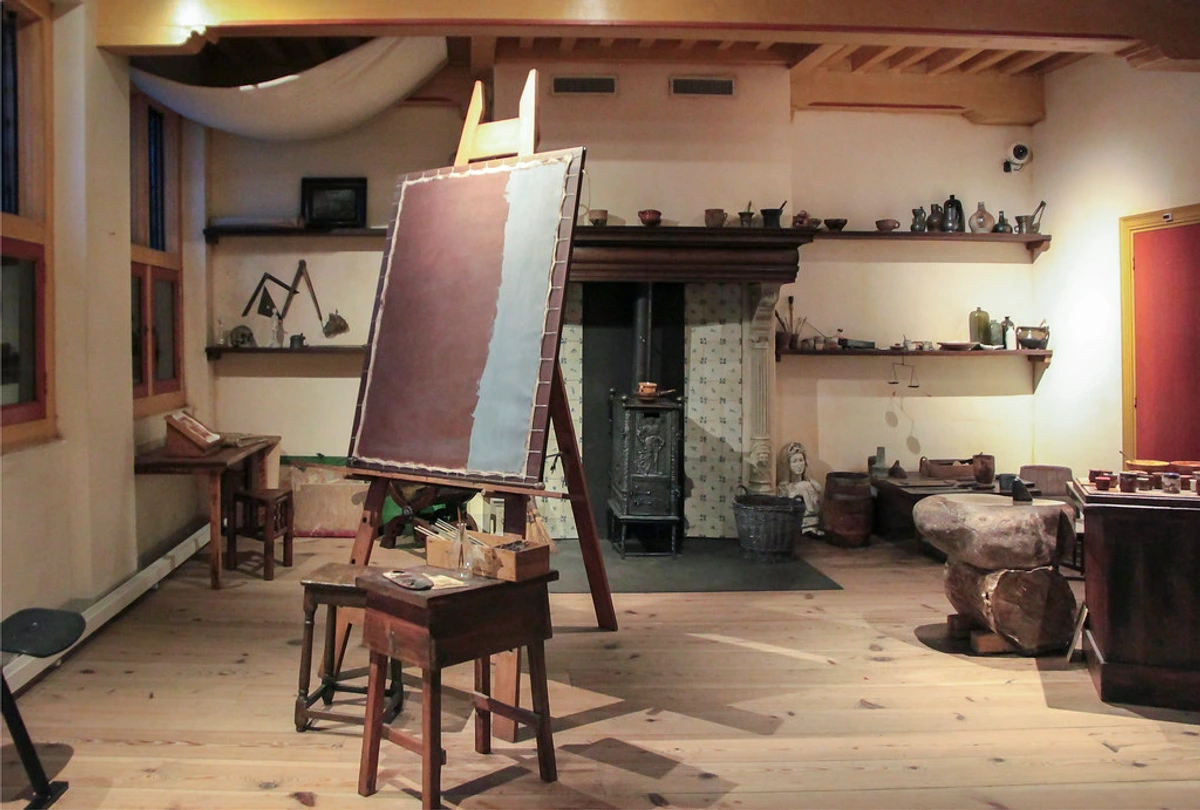
The Dutch Golden Age of Painting: An Artist's Blueprint for Timeless Innovation
Dive into the 17th-century Dutch Golden Age with an artist's unique perspective. Explore Rembrandt, Vermeer, key art forms, pioneering techniques, and its lasting impact on art today. Discover inspiration for your own creative journey.










